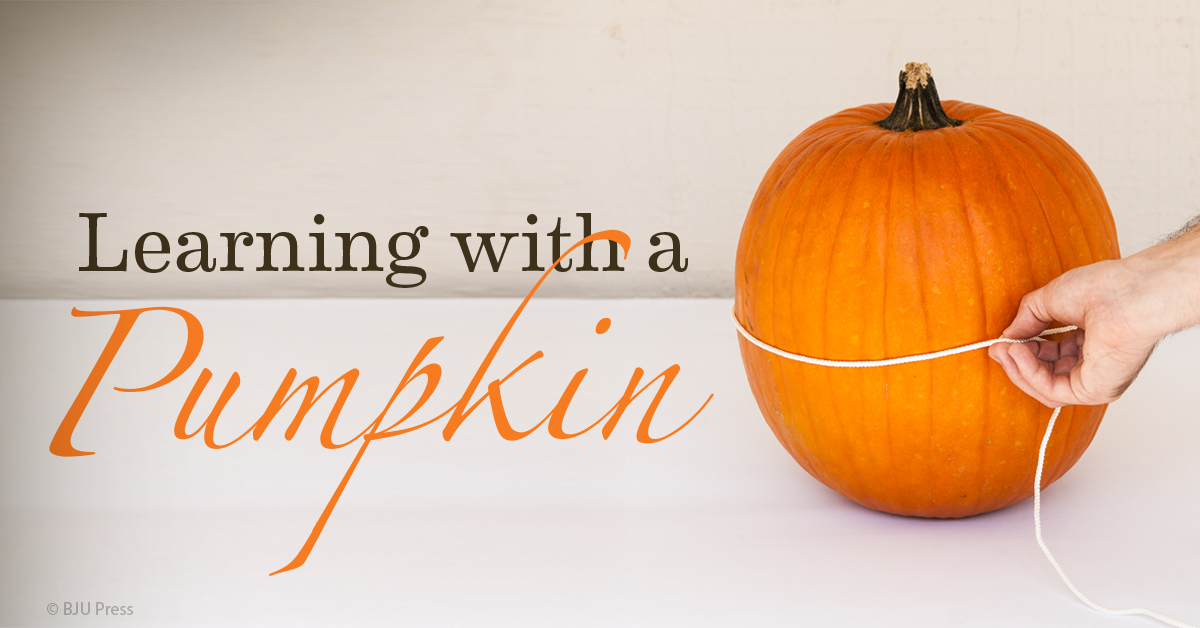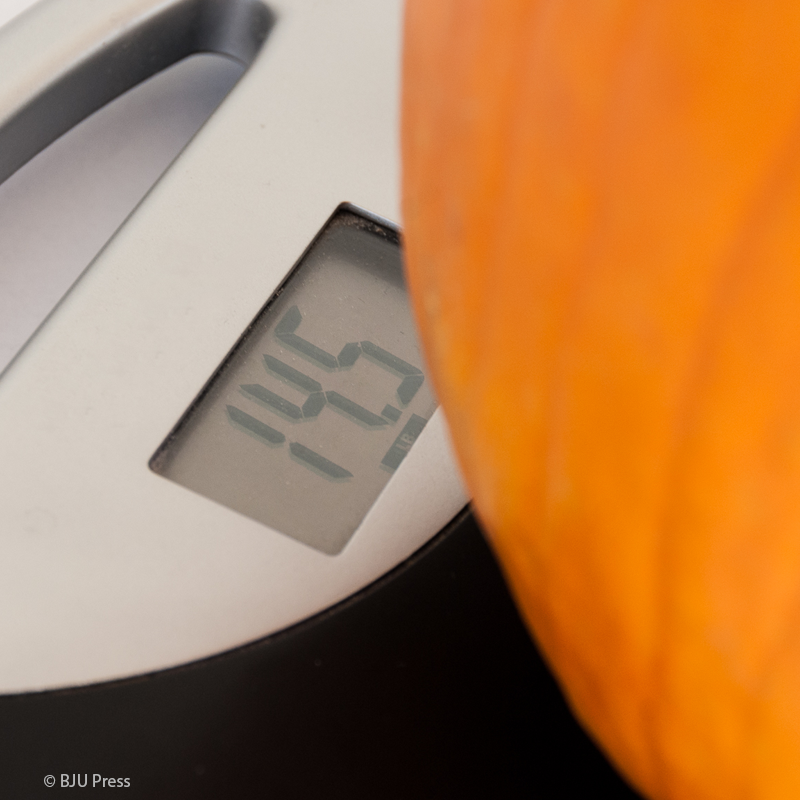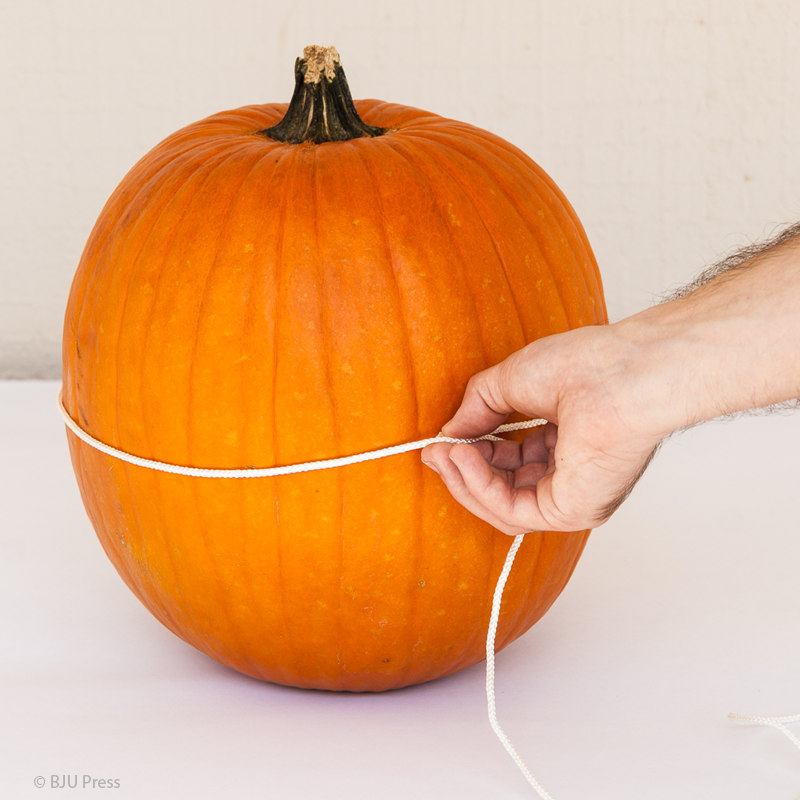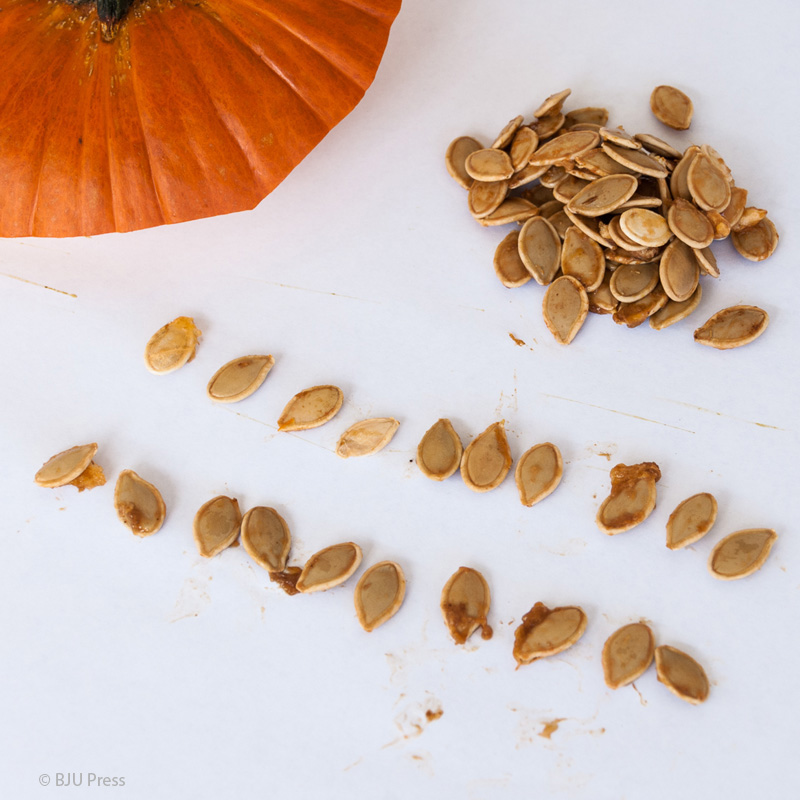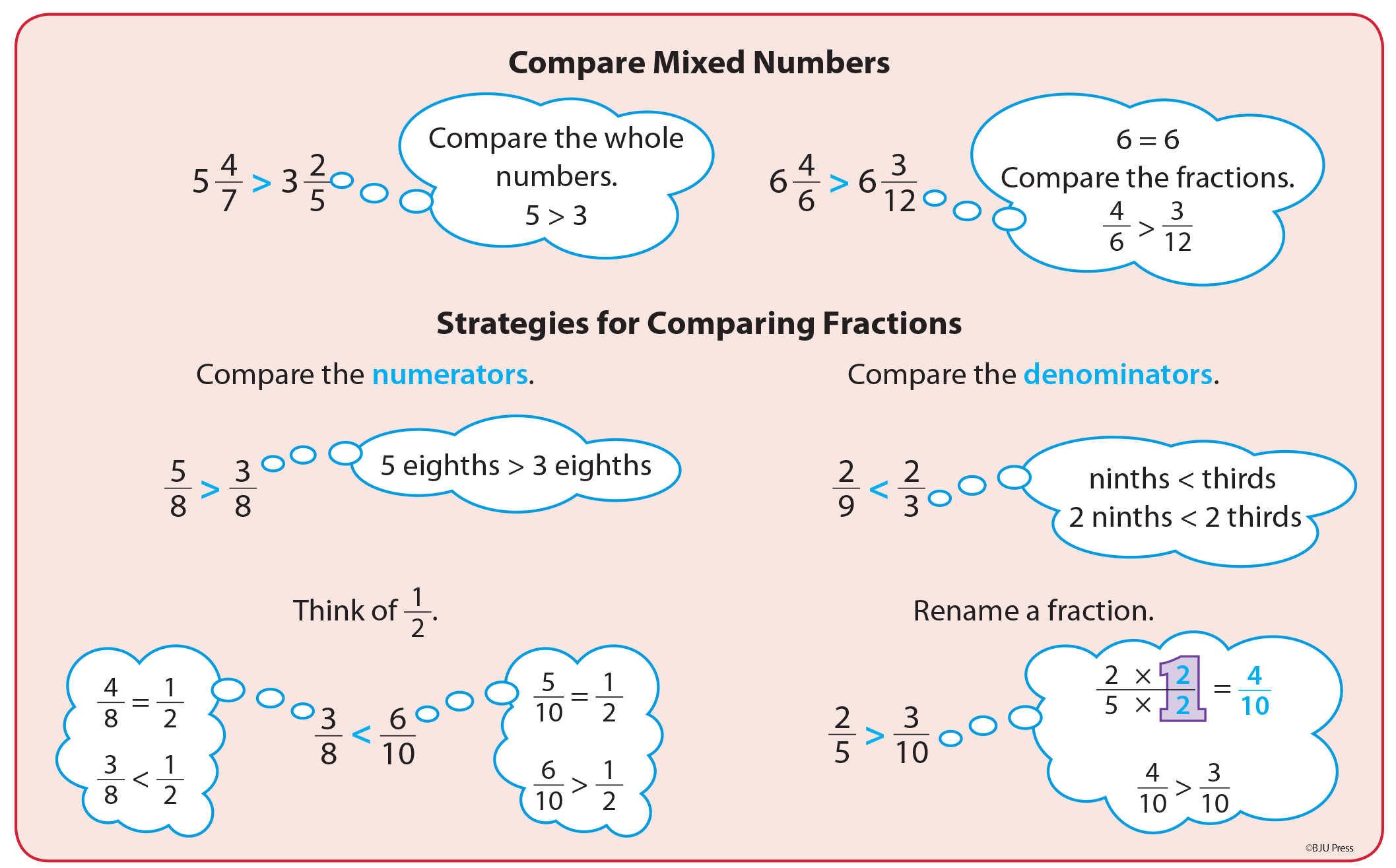
There wouldn’t be Distance Learning daily video lessons without our teachers. They’re the ones who generate the excitement, script the lessons, and bravely face the camera on recording days. How would you like to do all that? I didn’t think so—me either.
Sometimes because of all the seriousness of recording lessons, you only get to experience one side of these teachers’ multi-faceted personalities. So without further ado, let’s view a “different” side of three of our Distance Learning teachers.
Miss Jessica Ingersoll
As an elementary Distance Learning teacher, Miss Ingersoll enjoys many things, and near the top of the list is being your child’s teacher. Watch “Meet Our New Teacher” for some fun facts about Miss Ingersoll. See what similarities your child can relate to. You can view a sample daily video lesson for her courses at the links below.
Mr. Bill Harmon
As a secondary Distance Learning teacher, Mr. Harmon tackles the subjects your child (and you) might find difficult. His unique approach creates memories your family will never forget. Watch “Experiencing Chemistry with Dry Ice” for a sample of how he conducts scientific experiments on camera. And yes, in case you’re wondering, he’s this crazy off camera too! Take a look for yourself by viewing a sample daily video lesson for each of his courses at the links below.
- Science 6
- Fundamentals of Math (Grade 7)
- Pre-Algebra (Grade 8)
- Algebra 1 (Grade 9)
- Physical Science (Grade 9)
- Chemistry (Grade 11)
Mrs. Debbie Overly & Distance Learning Families
Elementary Distance Learning teacher Mrs. Overly shares a funny anecdote about an early filming experience in “Homeschool Families Share About Distance Learning,” an interview style video from a homeschool convention. You’ll also hear from other homeschool parents and students about their experience with Distance Learning video lessons. Mrs. Overly is well known and loved by her students. She includes many demonstrations and hands-on activities in her daily video lessons to help your child learn. View a sample daily video lesson from each of her courses at the links below.
Your family has the opportunity to meet several different Distance Learning teachers and attend their workshop sessions at homeschool conventions this year. Follow our BJU Press Homeschool Facebook page for announcements about where the teachers will be.


